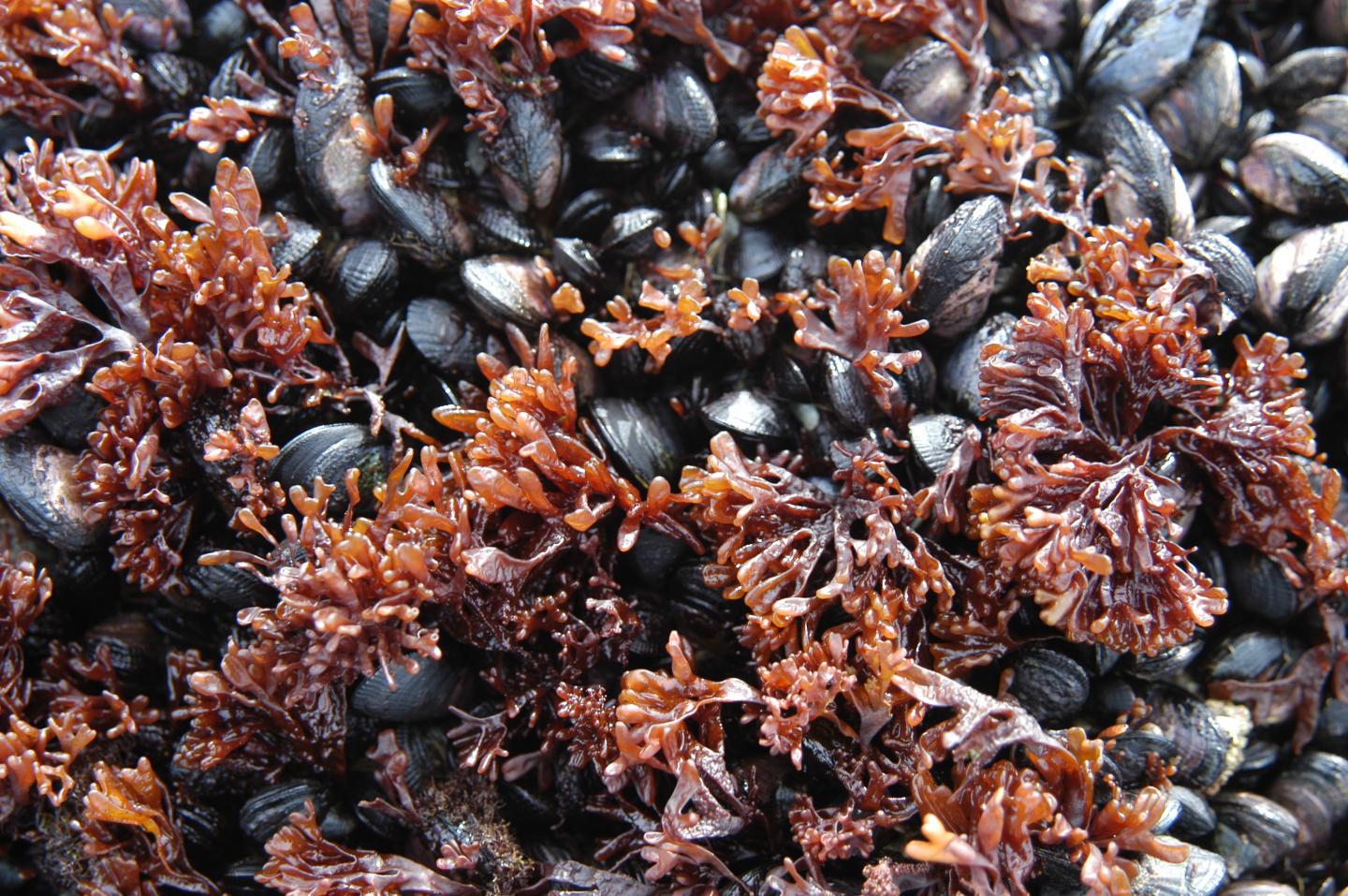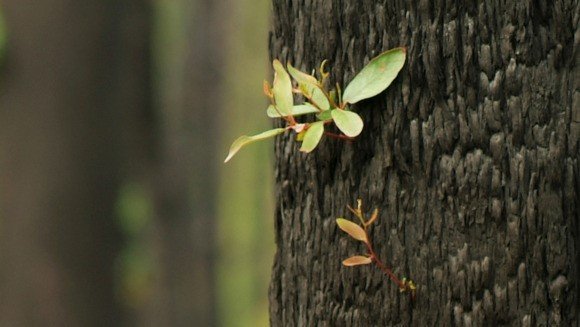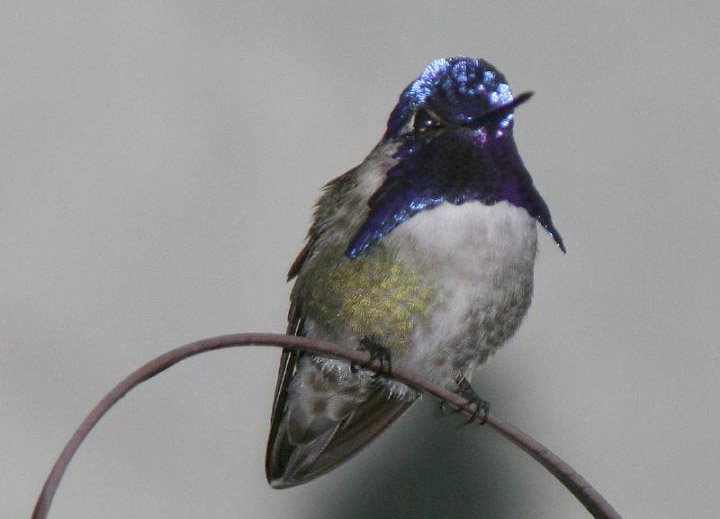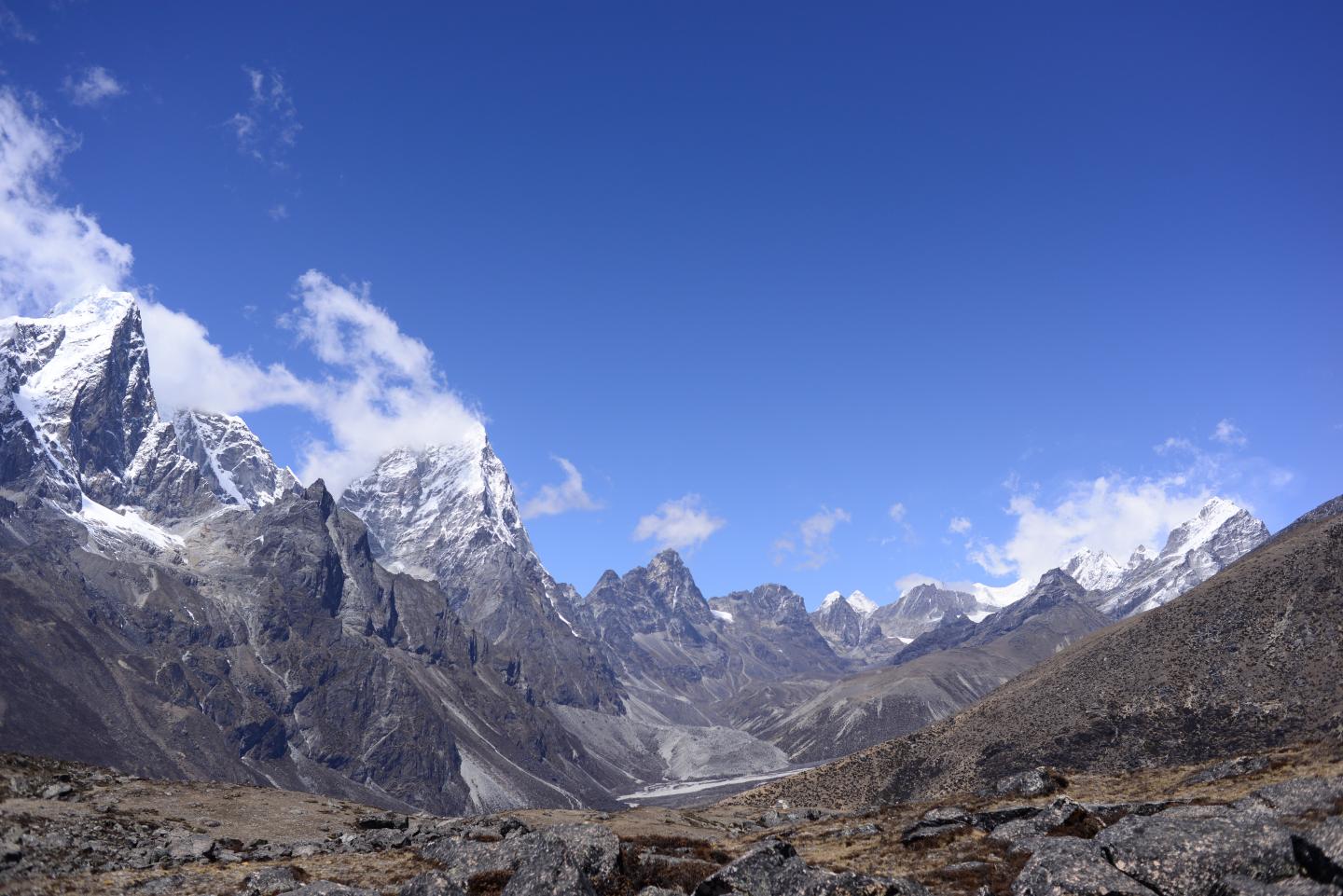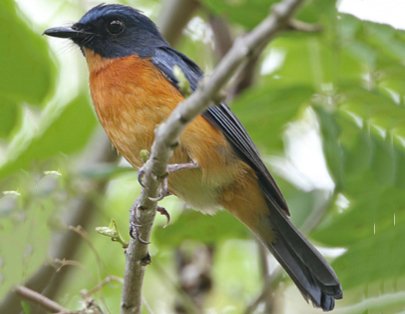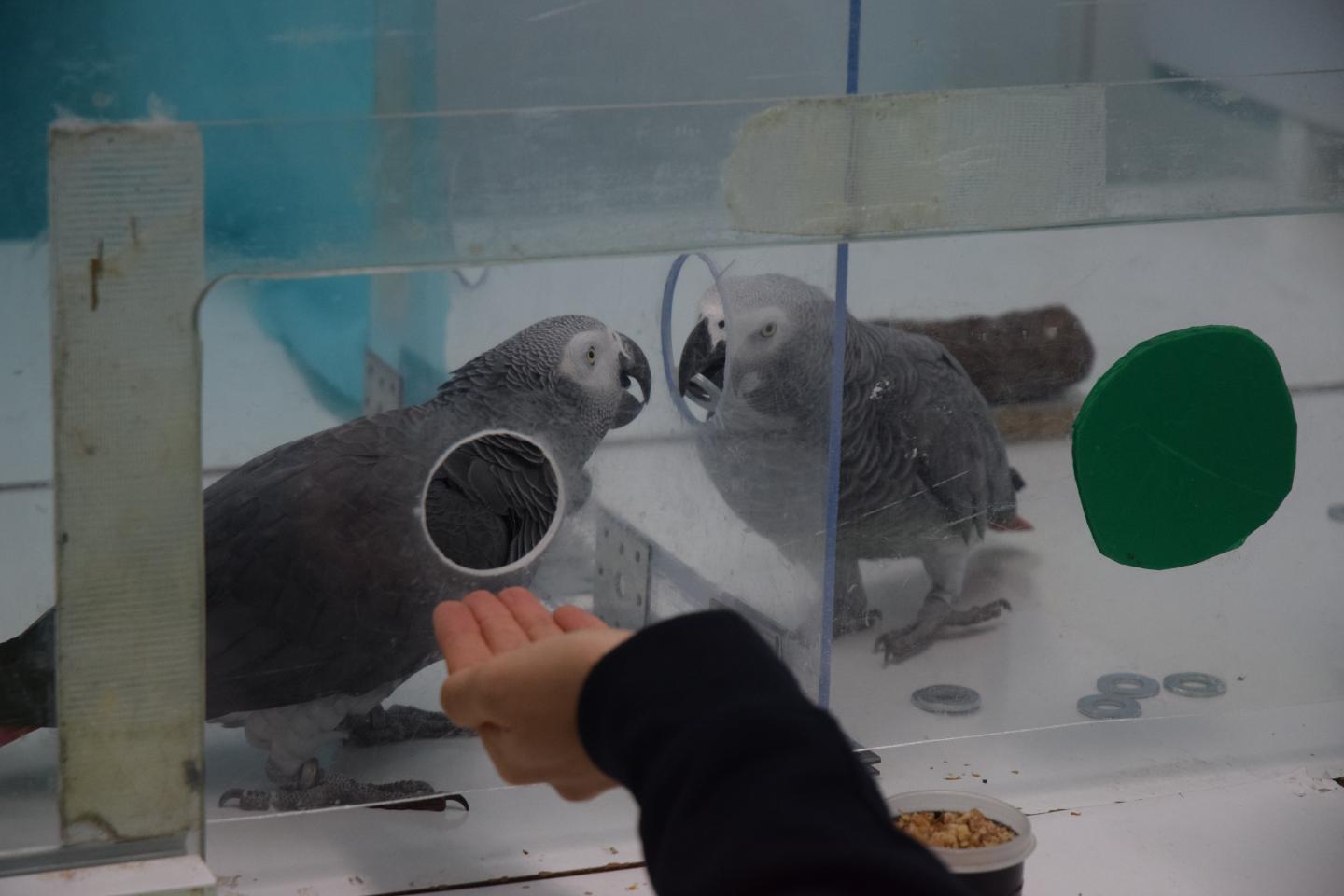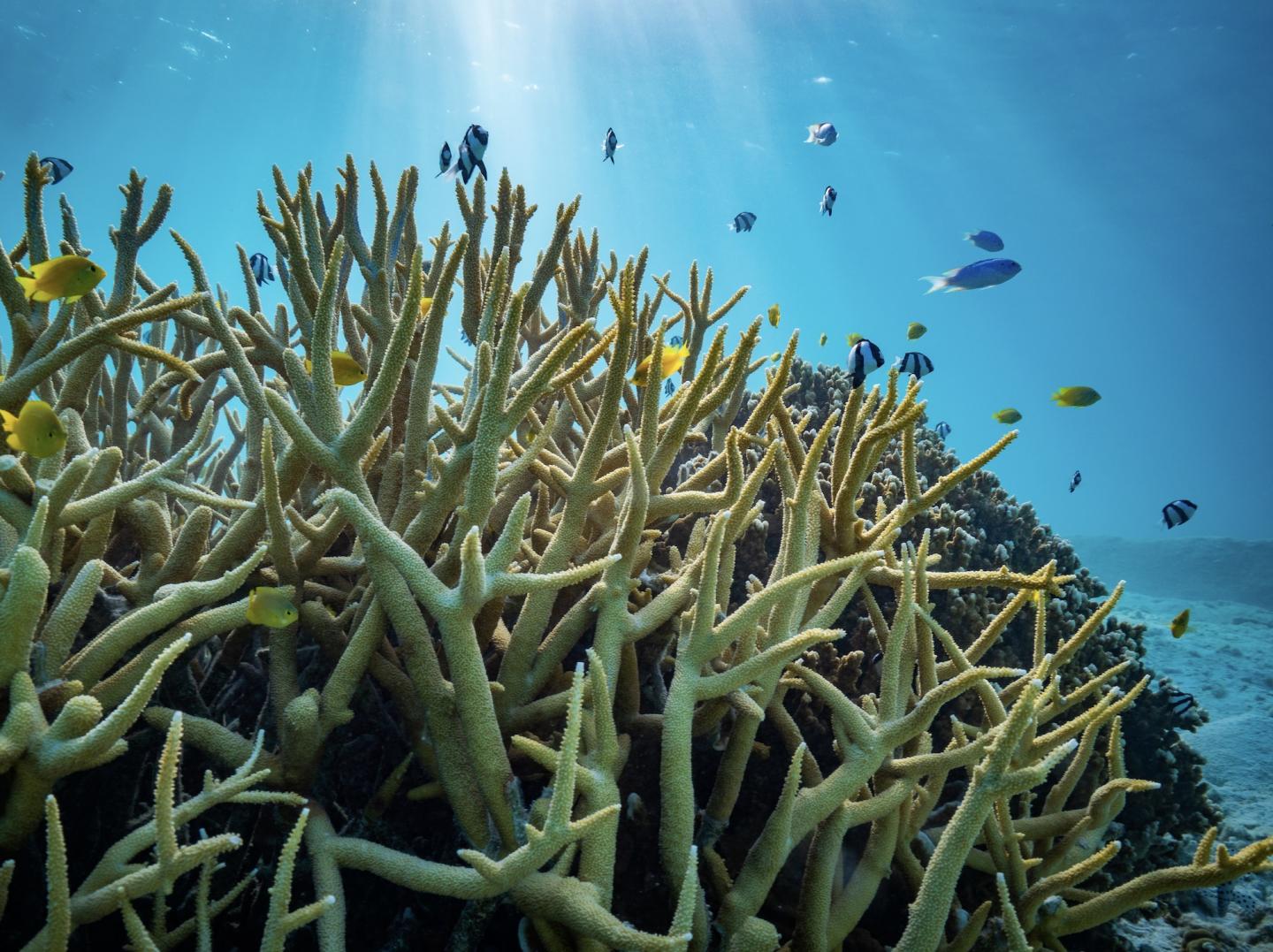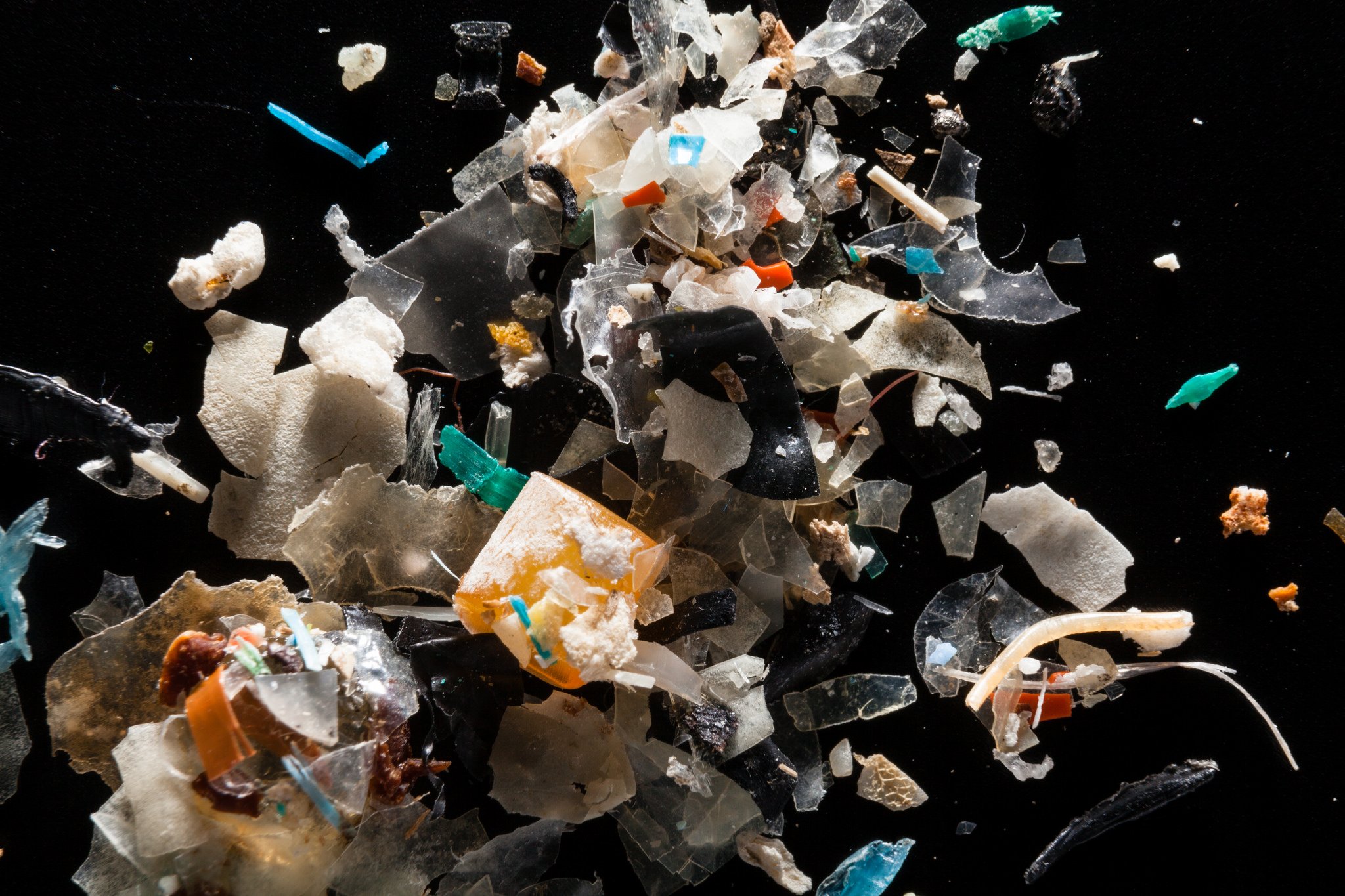Predicting non-native invasions in Antarctica
A new study identifies the non-native species most likely to invade the Antarctic Peninsula region over the next decade. It provides a baseline for all operators in the region to look at mitigation measures. The study is published in the journal Global Change Biology (13th January 2020). Fragile polar biological communities in marine and terrestrial Antarctic habitats … Read more
